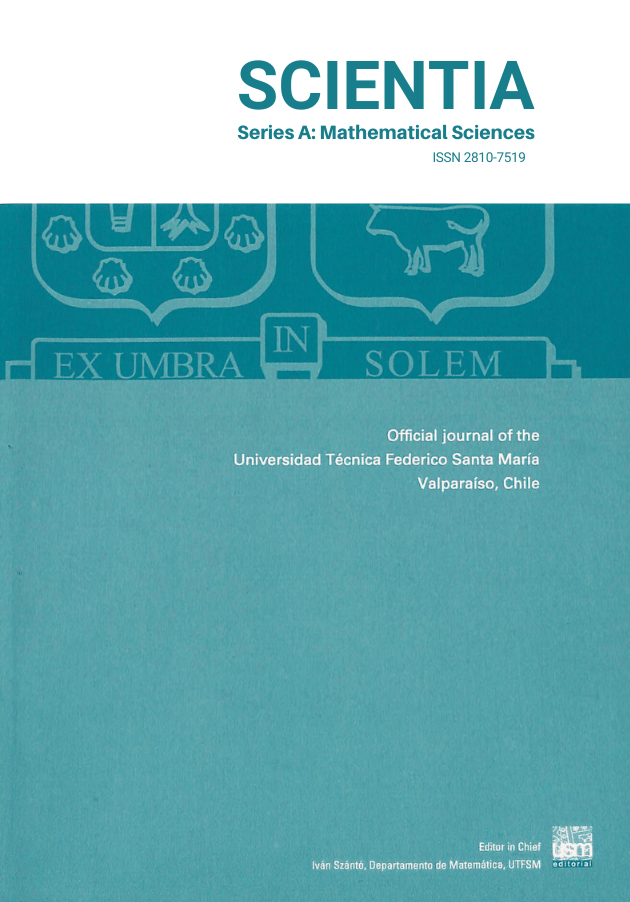Published 2025-08-08
Keywords
- Population dynamics,
- Equations and systems with randomness,
- Allee effect.

This work is licensed under a Creative Commons Attribution-NonCommercial 4.0 International License.
How to Cite
Abstract
Two classes of stochastic models of predator-prey interaction with Allee effect on prey are presented in this paper. Both families are introduced as generalizations of Leslie type predation models with Holling type functional response. The stochastic perturbations are considered of polynomial kind in order to model environmental random noise affecting both species. The only difference between both families of models is the way the Allee effect is modeled, namely, by means of a generic term whose conveniently chosen properties give rise to a behavior that is representative of either additive or multiplicative Allee effect, respectively. We show that both classes of models are well-posed in the sense that any positive solution starting in the open first quadrant remains in that region and, hence, it never becomes negative. In the particular case when the random noise is absent, we find that all the solutions are bounded for both sets of models. We also prove that the stochastic solutions exist, are unique in pathwise sense and have bounded moments. Moreover, we find that, as a consequence of our modeling approach, for sufficiently low population densities, the solutions of the random systems behave like the associated deterministic trajectories and, in doing so, the overall dynamics is determined by the features of the Allee effect.










